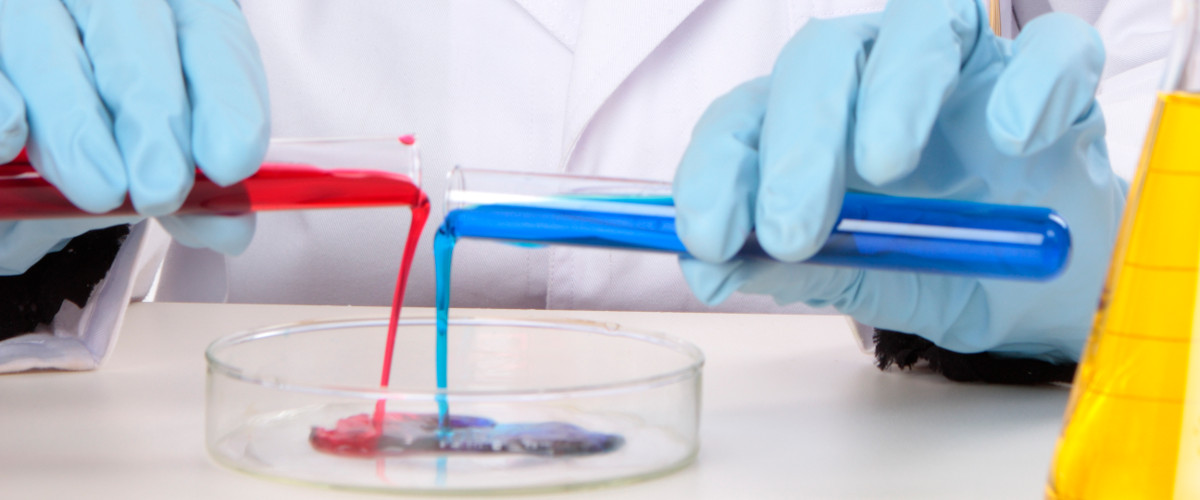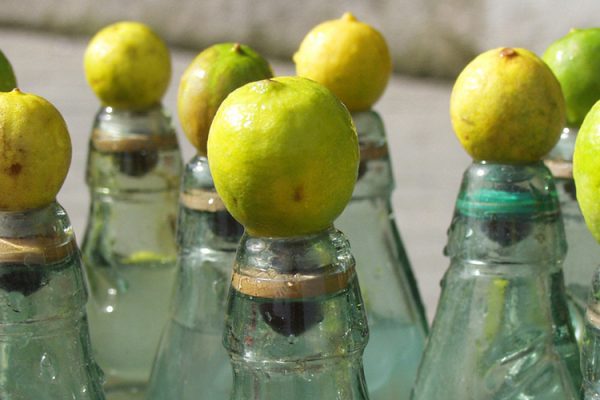Lube is an important part of enjoyable sex overall, and for cam performers, it’s a vital way of minimizing friction and damage from long sessions. However, do you know what your lube contains and what ingredients are best avoided?
Lubes fall into three main categories: silicone-based, oil-based, and water-based. All have their positives and negatives. It’s important to bear in mind that oil-based lubes can degrade latex and prevent condoms from working effectively, and silicone lubes may damage silicone toys. For these reasons, water-based lubes are the safest option.
Check out YNOT Cam’s Lube 101 for a breakdown of different lubricant formulations, sensations, viscosities and more.
Lube labels can be confusing — full of chemical names that sometimes mask suspicious substances. So, what should we be looking for when buying lubes?
Petrochemicals, aka petroleum-based ingredients
Petroleum-based ingredients can coat surfaces and interfere with their normal functions and permeability. These ingredients may contain impurities with links to cancer and other health conditions. Petroleum isn’t safe for use with condoms, as it can degrade latex. It also can damage silicone sex toys.
Oh, you didn’t know silicone sex toys can melt? Read more about avoiding sex toy toxicity in the YNOT Cam article “Melty, Porous Dildos.”
Parabens
Parabens are used as preservatives to give lubes longer shelf lives. They mimic estrogen by binding to the same receptors in our cells, which triggers an estrogen-like reaction. This causes hormone imbalances and fertility issues. Also, parabens have been found in cancerous breast tumor tissue, raising questions as to whether there is a link between paraben use and cancer.
Common parabens used in lubes include methylparaben, propyl paraben, and butylparaben. Often, more than one paraben is used in a product.
Glycerine
Glycerine changes the way vaginal tissues absorb water and dries out mucus membranes. This is the complete opposite of what we are hoping to achieve with the use of lube. Glycerine also can be converted to yeast inside the vagina. This can lead to yeast infections and irritation. Lubes often are overlooked when women suffer recurrent yeast infections, and yet they can be the culprit. Glycerine is often used in flavored and warming lubes.
Flavored lubes are best used orally only. They’re fun and novel, but the vagina doesn’t need flavoring.
Propylene glycol
This petrochemical sometimes is used in antifreeze; it’s poisonous when imbibed. Propylene Glycol can be toxic and cause serious tissue irritation in some women.
Ethoxydiglycol
Also known as diethylene glycol monethyl ether, this is a solvent used to thin and increase viscosity in lube. The chemical can cause allergic reactions and contains ether, which is considered carcinogenic.
Sodium saccharine
Like glycerine, this ingredient can prove problematic for those prone to yeast infections. Sodium saccharine is an artificial sweetener often used in flavored lubes. Some people may be allergic to it, as well.
Tocopheryl acetate
Otherwise known as Vitamin E acetate, this ingredient can be beneficial to some because Vitamin E promotes healthy skin. Eczema sufferers, however, may experience irritation or contact dermatitis.
Sodium hydroxide
This compound is used as an antimicrobial and to control acidity. It has a caustic base. Occasionally, it’s listed as “caustic soda” — or NaOH — because, in its raw form, sodium hydroxide causes chemical burns and is an extreme irritant. It can cause irritation even when diluted to safe levels for use in lube.
Phenoxyethanol
This chemical is linked to skin irritation and toxicity. High concentrations are associated with reproductive damage and depressed immunity. Used as a preservative in lubes, it should be avoided by anyone with sensitivity issues.
Benzocaine
Benzocaine is a numbing agent used in lubes aimed at vigorous sex or anal play. It’s also an irritant and can be an allergen. Numbing lubes are never a good idea, as they mask the body’s natural red flags. If you’re numb, you can miss signs something is wrong. It’s always best to be aware of what’s going on in your body. Make sure to use desensitizing products safely.
That’s a lot of chemicals and chemistry words, but it’s very important not to be blissfully unaware, especially when it comes to your body and workplace health.
As with anything else, how we respond to chemicals in lubricants varies from person to person. If you have irritation issues or repeated yeast infections, it’s worth checking your lube ingredients to make sure none of the above are causing the problem.
Infections and irritations can put you on the bench, limiting that hustle. Take the time to check the chemicals you’re putting in your most sensitive places.
—
Something interesting: Check out Self’s “6 Lube Ingredients You Might Not Want to Put in Your Vagina.”
Katy Seymour is a super-sex-positive writer in the U.K. who believes kink is life. Email her at katy@ynotcam.com.
Image © Showface.











[…] Check out our lube ingredients guide: “Yeasty Burnt Vagina: Lube Ingredients to Avoid“ […]